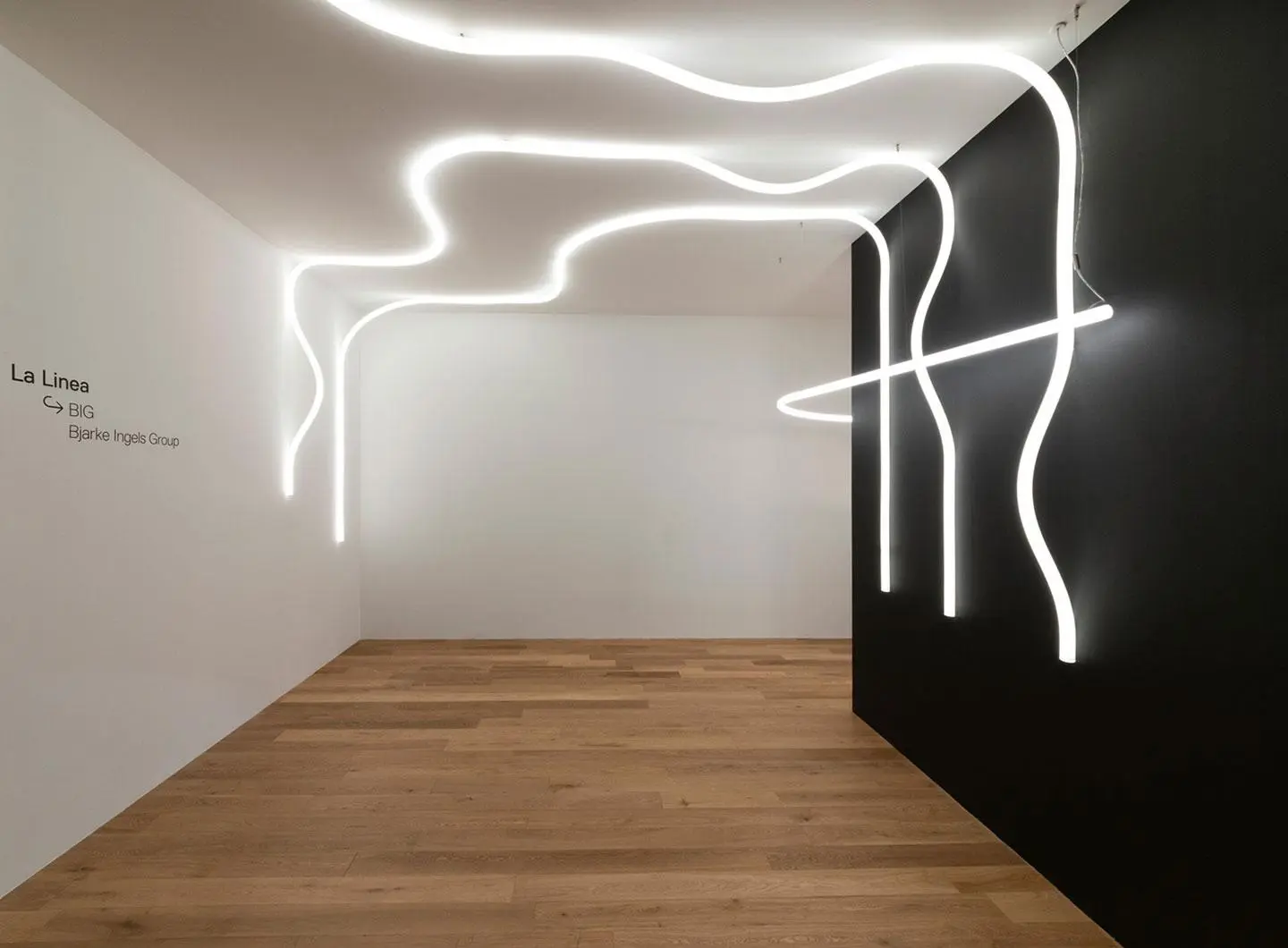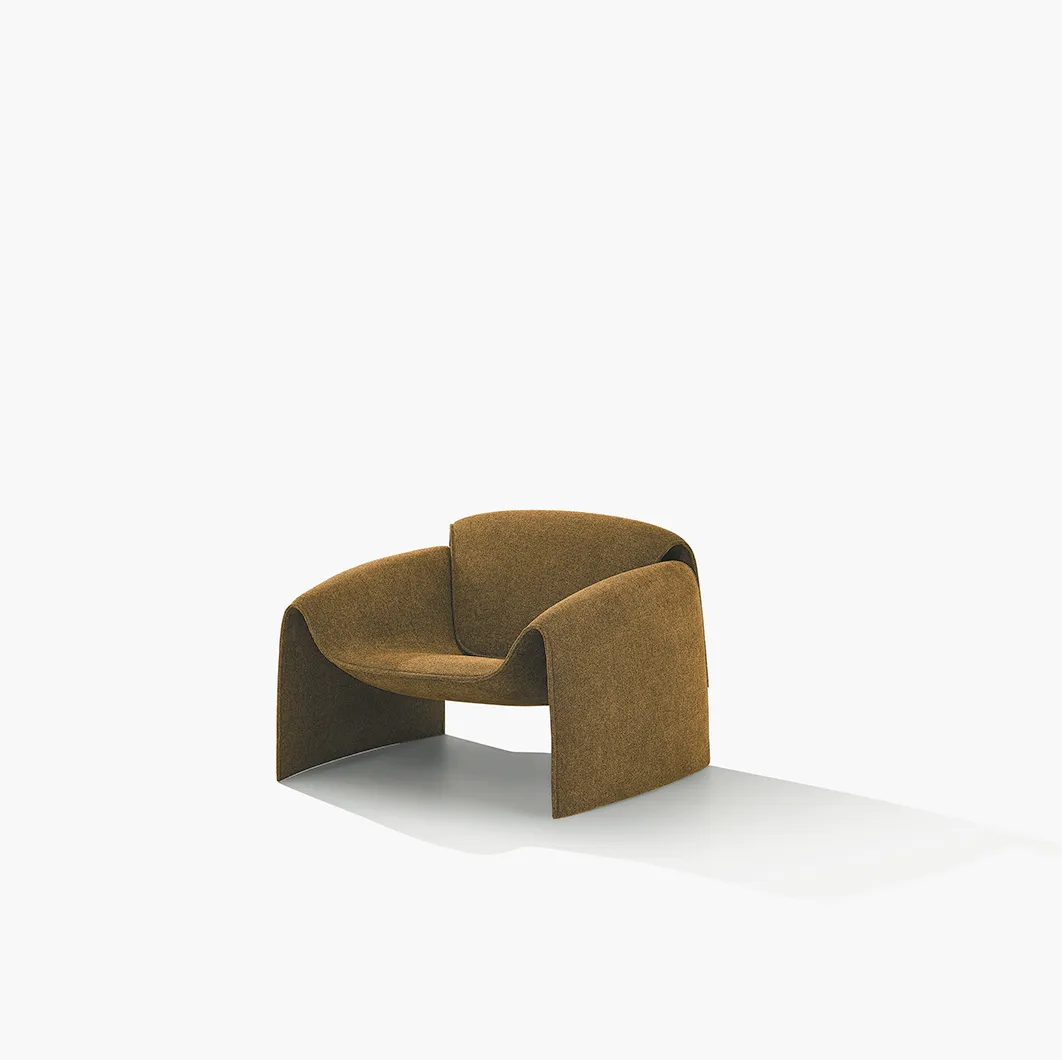In partnership with MiCodmc, a selection of establishments ripe for discovery during the 63rd edition of the Salone del Mobile.Milano, from 8th to 13th April
ADI Design Index 2021. A tool for looking to the future

Bell Chair by Konstantin Grcic Design for Magis
The annual ADI Design Index event is back with a preview of some of the 233 selected products ahead of the 2022 Compasso d’Oro. A look at some of the projects from Made in Italy companies
In the run-up to the 17th edition of the Compasso d’Oro in 2022, The ADI Permanent Design Observatory has presented its preview of the 2021 ADI Design Index, the annual event that brings together the best of Italian design projects. The exhibition, held at the ADI Design Museum in Milan before moving to Rome, features some of the 233 products selected from a total 1,017 entries, plus 29 projects by students selected for the Targa Giovani. This year, as ADI President Luciano Galimberti says, the ADI Index is endeavouring to highlight the tremendous efforts Made in Italy is making to build a better present and a better future. The 2021 edition takes its inspiration from the large international G20 and COP26 events, illustrating the commitment of those actors that are bravely attempting to make a difference in the face of an unsustainable pattern of consumption for the planet. The three priorities singled out at the G20 forum in Rome - People, Planet, Prosperity - are being harnessed by the design world in a quest for solutions aimed at a new humanism, generous solutions for all and for the environment around us. We need to build greater awareness of green economies, of new mobilities, intelligent urbanisation, energy efficiency and all those projects that can help us forge a new human-nature relationship. The third item on the agenda, Prosperity, indicates the need for technological progress that can bring equal opportunities for everyone. Furthermore, in an endeavour to point the entire design world towards greener behaviours, ADI has undertaken to define an ad hoc theme, for the first time: Sustainable and Responsible Development. This means that the Compasso d’Oro, along with the ADI Design Index, is becoming not just a prize and a tool for measuring value and quality within the sector, but also puts particular emphasis on development strategies and to the future.

Adell by Lievore + Altherr Désile Park for Arper
The real protagonists of this change are the designers and the companies that have taken on board the challenges of the contemporary world at this edition and come up with potential future lifestyle ideas. We have selected a series of products that can help us understand what direction the design brands are taking and what the upcoming trends will be.
On the subject of chairs, Adell by Arper, designed by Lievore + Altherr Désile Park, was designed with sustainability at heart, and can be disassembled to prolong the useful life of the product by replacing, repairing or reusing the individual components or for correct end of-life disposal. The Bell Chair, by Konstantin Grcic Design for Magis, is a low-cost , versatile and good quality monobloc chair made of recycled polypropylene. It uses the minimum amount of material necessary, weighs around a kilo and a half less than the average plastic chair and cuts energy consumption at the production stage. The Bell chair also comes with its own special, reusable packaging, which keeps clutter to a minimum during transport and can also be used as a display unit. Babila XL recycled grey, designed by Odo Fioravanti for Pedrali, is a small armchair with a shell made from recycled material. Its padded cover is completely removable, facilitating cleaning, maintenance and disassembly. The material used for the legs is certified and treated with water-based paint made from renewable materials. Jean-Marie Massaud ‘s Le Club for Poliform is a contemporary reinterpretation of the leather sofas found in gentlemen’s clubs of the last century. It is a marriage of craftsmanship and technology – the comfort and quality of execution and the lightness and simplification of shapes and materials. The SI-SI Collection, by Meneghello Paolelli Associati for S•CAB, was selected for its particular attention to the manufacturing process – the collection is the upshot of exacting study, a reduced number of components and their interchangeability. Together with Patrick Norguet, Zanotta has also focused on keeping the components to a minimum. The Dan Chair boasts a steel structure, its seat and backrest made of elasticated straps, pulled tight and kept in place by a concealed fixing system. The chair can be disassembled for maintenance purposes, and at end of life the individual components can be recycled.

La Linea by Bjarke Ingels Group for Artemide
The lighting projects selected include Linea, by Bjarke Ingels Group for Artemide. It’s an innovative product that boasts an infinite range of applications thanks to its flexibility and the quality of the light. It is weather-resistant at temperatures between -20 and +40 °C, is extremely efficient, easily maintained and long-lasting. Alessandro Zambelli’s Teleta suspension lamp for Caimi Brevetti, doesn’t simply illuminate, it also purifies the air. In glazed ceramic, the upper part of the lampshade contains a filter that absorbs the air driven upwards by the heat generated by the LED luminaire and purifies it. Caimi Brevetti was also selected for Caimi Lab, the complex of laboratories for advanced research in the acoustic field, testing new materials and training. Foscarini was selected for Tobia by Ferruccio Laviani and Sun-light Love by Studio Tord Boontje. In the communication systems and brand identity category, the Vite project, created with White Box Studio and Designwork, was also selected. It is a means of narrating one’s own identity in an unconventional manner, far removed from the dynamics of design, a challenge almost: narrating light with the people who inhabit the spaces illuminated by the lamps as the starting point. Going back to products, David Dolcini’s Astra for Porada is a solid wood take on chandeliers. It boasts excellent compositional versatility and is suitable for a wide range of spaces thanks to the adjustability of the individual elements.
Other selected products worthy of mention are the versatile monobloc Combine Evolution kitchen by Piero Lissoni for Boffi; Jean Nouvel’s NVL Table for MDF Italia, table made from a single material in which the slender, lightweight top appears to float above the base; the Lego collection of coffee and occasional tables, a dialogue between two geometric shapes and two different materials, one in concrete corroded by sea salt and the other in metal, designed by Draga & Aurel for Visionnaire. The home furnishings and furnishing accessories include Horizons, a high-end container/showcase by Dante Bonuccelli and Avenue Architects per Molteni&C. There is also Sipario, a versatile system of outdoor wall dividers in regenerated plastic, created by Raffaello Galiotto for Nardi. Easily assembled, they come complete with self-watering planters equipped with an 8-litre reservoir. The ReThinking The Future – Anthology One collection of coverings from Tabu points to better use of raw material. The production process is also inspired by circularity in terms of the efficiency of energy choices and the appropriate use or reuse of all the resources throughout the manufacturing cycle.
The ADI Design Index 2021 projects harness recycled materials, the reuse of components, attention to product quality and circularity of production process and much more besides.


 Stories
Stories



















